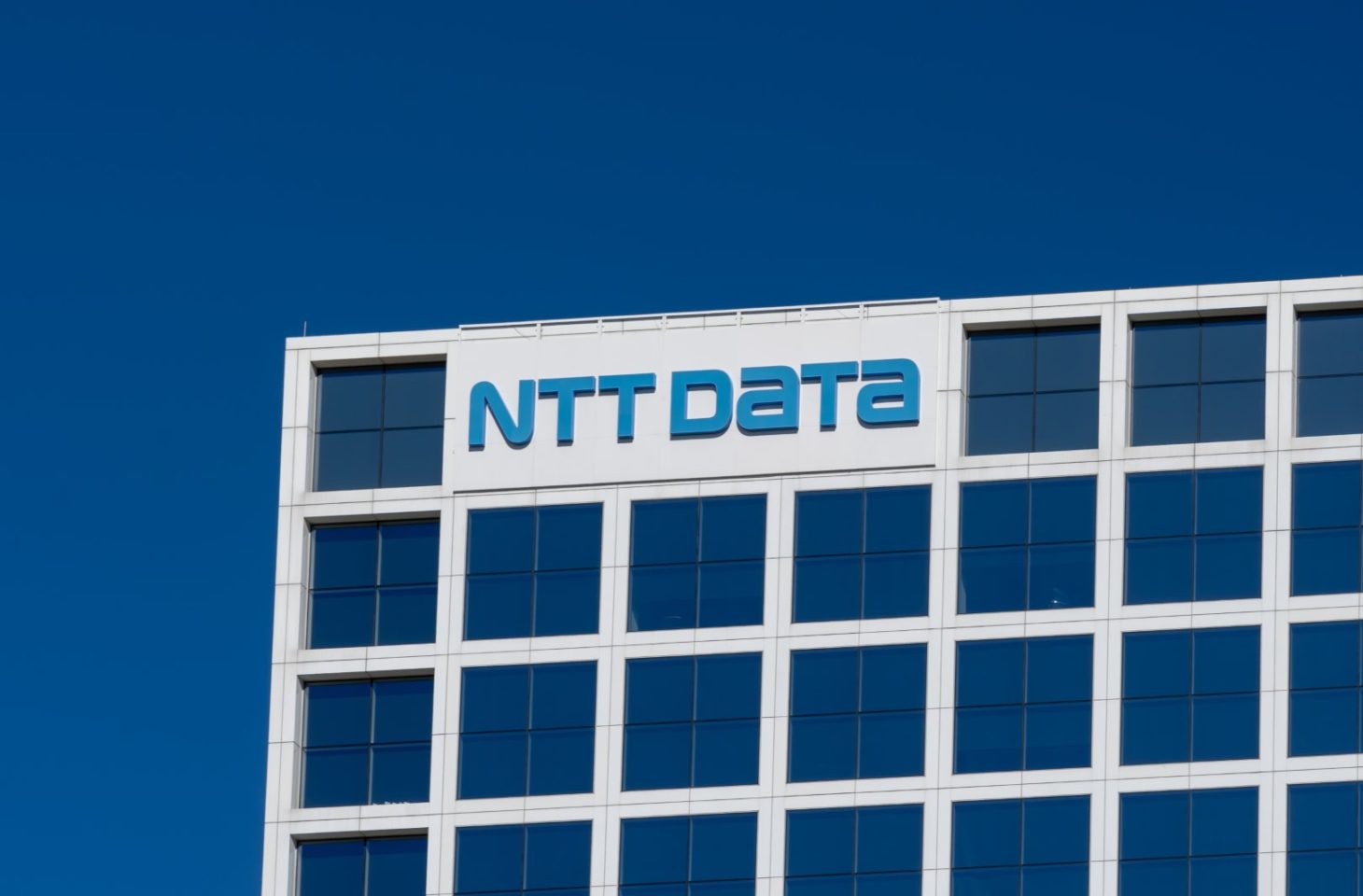A survey by NTT DATA shows that 80 percent of companies worldwide believe that inadequate or outdated technology hinders organizational progress and innovation efforts.
Digital transformation is leading to growing complexity in hardware and software management, with effective technology and infrastructure management essential to avoid being left behind. Enterprises are often considered technology companies, but many of these organizations are lagging behind in their software and hardware technology or are moving to software-as-a-service.
These findings come from NTT DATA’s Lifecycle Management Report. The report examines the challenges and opportunities facing organizations in managing the lifecycle of their infrastructure. The research was conducted in 2022 and 2023 and includes data from more than 248 million active assets in 130 countries, as well as commentary from up to 1,400 senior technology decision makers, including 492 in Europe.
Outdated infrastructure
Hardware and software are two core components of an infrastructure solution that companies need to deliver their products and services and maintain operations. The rapid modernization and proliferation of various technological developments makes it difficult for companies to adequately maintain their infrastructure.
Research from NTT DATA shows that 71 percent of companies have outdated or obsolete network resources. This comes with higher costs, with 64 percent reporting that technical debt is piling up. In addition, 86 percent of companies say inadequate or outdated technology is hindering their innovation efforts. Up to 69 percent of organizations in Belgium report that their network resources are (mostly) outdated.
Impact on business operations
This backlog Lifecycle management can also impact business operations. 94 percent of C-level executives believe that legacy infrastructure significantly impacts their business agility, including the ability to optimize customer and employee experiences. According to the report, only 51 percent of companies globally and 40 percent in Europe have fully aligned their technology approach with the needs of their business strategy.
“Infrastructure lifecycles are a critical part of the IT management process. They represent both an opportunity and a challenge for leadership, as effective lifecycles can lead to tremendous business benefits – from increased efficiency to driving innovation,” said Gary Middleton, Vice President Networking GTM at NTT DATA.














